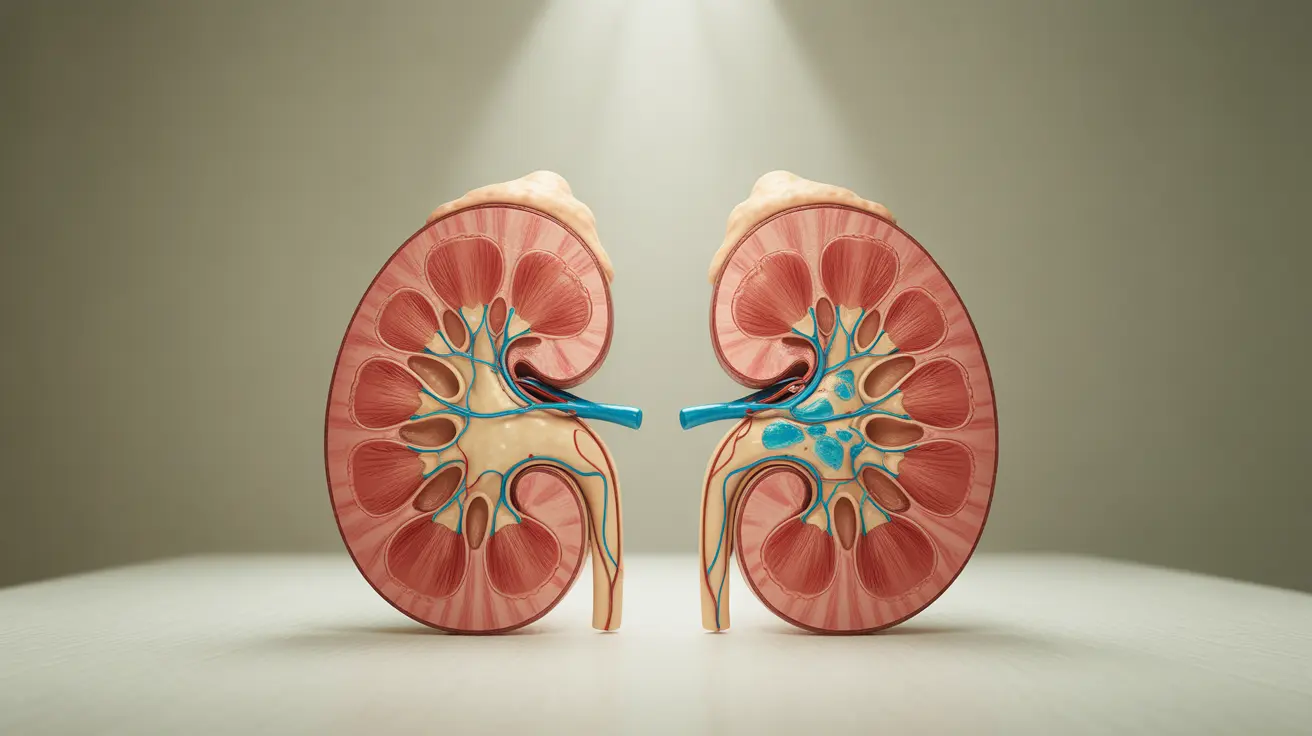During pregnancy, most babies develop with an umbilical cord containing three blood vessels: two arteries and one vein. However, some pregnancies involve a condition known as a two-vessel cord, or single umbilical artery (SUA), where the umbilical cord contains only one artery and one vein. Understanding this condition is crucial for expectant parents and healthcare providers to ensure appropriate monitoring and care throughout pregnancy.
While discovering your baby has a two-vessel cord can be concerning, it's important to know that many pregnancies with this condition result in healthy babies. This comprehensive guide will explore what you need to know about two-vessel cords, including diagnosis, potential risks, and pregnancy management.
Understanding Two-Vessel Cord
A two-vessel cord occurs when one of the two normal umbilical arteries fails to develop or disappears during early pregnancy. The umbilical cord typically contains two arteries that carry deoxygenated blood away from the baby and one vein that delivers oxygen-rich blood to the baby. When one artery is missing, it's important to monitor the pregnancy more closely to ensure proper fetal development.
Diagnosis and Detection
Two-vessel cords are typically discovered during routine ultrasound examinations, particularly during the second-trimester anatomy scan. Healthcare providers can identify this condition by examining a cross-section of the umbilical cord, which normally shows three distinct vessels in a triangular arrangement.
Additional Testing and Monitoring
After identifying a two-vessel cord, healthcare providers may recommend:
- Detailed anatomical ultrasounds
- Fetal echocardiogram
- Regular growth monitoring
- Genetic testing in some cases
- More frequent prenatal visits
Associated Risks and Complications
While many babies with two-vessel cords develop normally, this condition can be associated with various risks:
- Intrauterine growth restriction
- Cardiovascular abnormalities
- Kidney problems
- Gastrointestinal issues
- Increased risk of preterm delivery
Pregnancy Management with a Two-Vessel Cord
Managing a pregnancy with a two-vessel cord typically involves increased monitoring and specialized care. Healthcare providers will develop a personalized care plan that may include:
- More frequent ultrasound examinations
- Regular fetal growth assessments
- Close monitoring of fetal movement
- Additional specialist consultations if needed
- Careful birth planning and timing
Outlook and Outcomes
The prognosis for pregnancies with an isolated two-vessel cord (meaning no other abnormalities are present) is generally positive. Most babies with this condition develop normally and are born healthy. However, careful monitoring throughout pregnancy helps ensure the best possible outcomes.
Frequently Asked Questions
What are the symptoms and risks associated with a two-vessel cord during pregnancy? A two-vessel cord typically doesn't cause noticeable symptoms for the mother. The main risks include potential growth restriction, cardiovascular abnormalities, and an increased likelihood of preterm delivery. However, many pregnancies progress normally despite this condition.
How is a two-vessel cord diagnosed, and what additional tests might be recommended? Two-vessel cords are diagnosed through ultrasound examination, typically during the second-trimester anatomy scan. Additional recommended tests often include detailed anatomical ultrasounds, fetal echocardiogram, and possibly genetic testing.
Can a two-vessel cord cause other congenital abnormalities or birth defects in the baby? While a two-vessel cord can be associated with other congenital abnormalities, many cases are isolated findings. When other abnormalities are present, they commonly affect the heart, kidneys, or digestive system.
How does having a two-vessel cord affect the management and monitoring of a pregnancy? Pregnancies with two-vessel cords require more frequent monitoring, including regular growth scans, detailed ultrasounds, and possibly additional specialist consultations. Healthcare providers will develop a specialized care plan for optimal monitoring.
What are the chances of a healthy pregnancy and birth if the baby has a two-vessel cord? The majority of pregnancies with an isolated two-vessel cord result in healthy babies. When no other abnormalities are present, the outlook is generally positive, though careful monitoring throughout pregnancy is essential for the best outcomes.




